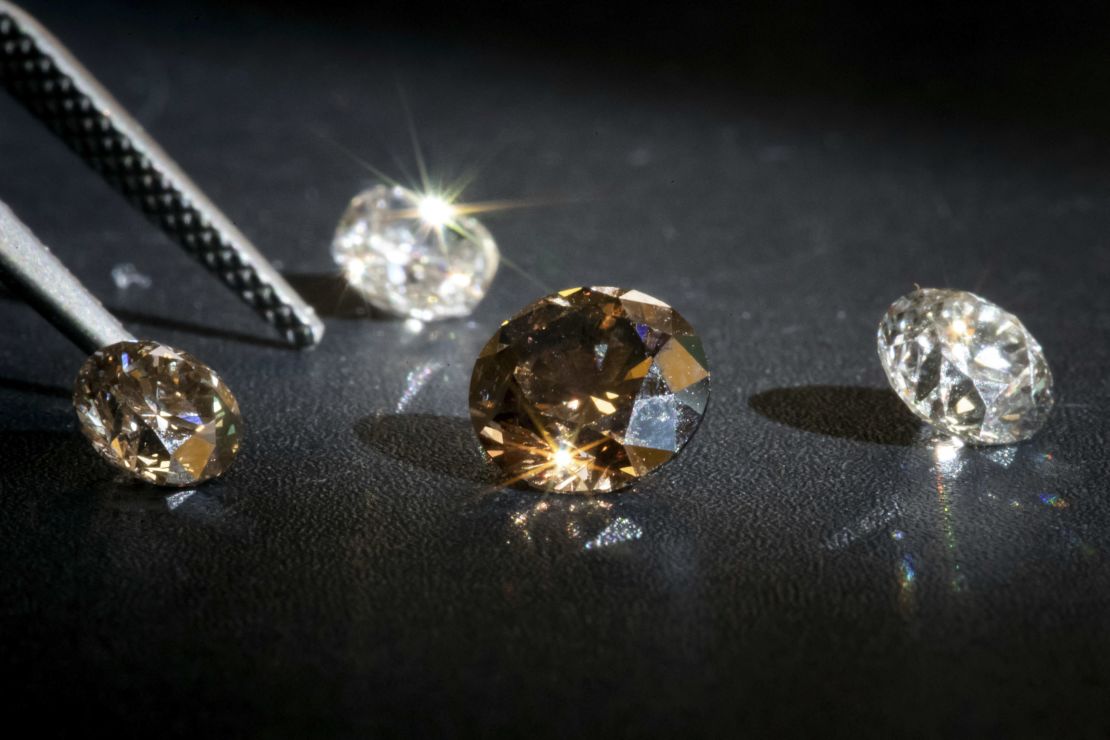Lab-grown diamonds have become a prominent player in the jewelry industry, offering an ethical, sustainable, and often more affordable alternative to natural diamonds. One of the primary methods used to create these diamonds is High Pressure High Temperature (HPHT), which mimics the natural conditions under which diamonds form deep within the Earth’s crust.
What Are Lab-Grown Diamonds?
Lab-grown diamonds, also called synthetic or cultured diamonds, are identical to natural diamonds in terms of their physical, chemical, and optical properties. They consist of carbon atoms arranged in a crystal lattice structure, just like their mined counterparts. The key difference lies in their origin—lab grown diamonds hpht are created in controlled environments rather than taking millions of years to form underground.
There are two main techniques to produce lab-grown diamonds: the HPHT method and Chemical Vapor Deposition (CVD). This article focuses on the HPHT method, which was the first to be developed.
The HPHT Process: An Overview
The HPHT method is designed to replicate the extreme temperature and pressure conditions that occur naturally when diamonds form deep inside the Earth. In nature, diamonds are created when carbon atoms are subjected to intense pressure (around 725,000 pounds per square inch) and temperature (above 2,000°C or 3,632°F) for millions of years. The HPHT technique accelerates this process, allowing for the creation of diamonds in a matter of weeks.
Step 1: Preparing the Diamond Seed
The HPHT process begins with a small diamond seed, which serves as the foundation for the growth of the diamond. This seed is typically a small fragment of a natural diamond or a synthetic diamond. It is placed in a specially designed chamber that can reach extreme pressure and temperature.
Step 2: Carbon Source Introduction
The chamber is filled with carbon material, which will eventually form the diamond. The carbon source is usually graphite, a soft form of carbon, although other materials like methane can also be used. The chamber is then sealed, and the pressure is increased to create the ideal conditions for diamond formation.
Step 3: Applying Heat and Pressure
The chamber is subjected to high pressure (around 1.5 million to 2 million pounds per square inch) and high temperature (around 1,300°C to 1,600°C). This intense heat and pressure cause the carbon atoms to crystallize around the diamond seed, slowly building up layers of diamond.
Step 4: Cooling and Extraction
After several days to weeks, depending on the desired size of the diamond, the HPHT chamber is carefully cooled. The newly formed diamond is extracted from the chamber and cleaned. It is then inspected for quality and may undergo cutting and polishing to reach its final form.
The Advantages of HPHT Diamonds
The HPHT method offers several advantages for both consumers and manufacturers.
- Cost-Effectiveness: HPHT diamonds are typically more affordable than natural diamonds, making them an attractive option for buyers who want the beauty and durability of a diamond without the high price tag. While they are still more expensive than some other lab-grown diamonds produced using the CVD method, they remain a cost-effective choice in the market.
- Ethical and Sustainable: The HPHT process reduces the environmental impact associated with diamond mining, which can result in habitat destruction, soil erosion, and pollution. Lab-grown diamonds, in general, are considered more ethical because they do not contribute to the harmful effects of mining, such as child labor or exploitation in some regions.
- Quality and Purity: HPHT diamonds can be of very high quality, with clarity and color comparable to natural diamonds. Since they are made in a controlled environment, they can be tailored to have fewer impurities, making them appealing for jewelry use. Many HPHT diamonds are also graded by reputable gemological institutes, ensuring the quality is consistent.
- Customization: Just like natural diamonds, HPHT diamonds can be cut and shaped into various styles and sizes to suit a wide range of preferences and designs. Jewelry manufacturers can create customized pieces with lab-grown diamonds to meet consumer demand.
Considerations and Challenges
While HPHT diamonds have many advantages, lab created diamonds, there are some challenges and considerations to keep in mind.
- Energy Consumption: The HPHT process requires a significant amount of energy to generate the high temperature and pressure needed for diamond growth. While this energy is generally less than that used in diamond mining, it’s still an important factor when considering the environmental impact of the process.
- Market Perception: Although lab-grown diamonds are becoming more popular, some consumers still have reservations about buying synthetic diamonds due to their perception of them being less valuable than natural ones. However, over time, as more people understand the technology and its benefits, this perception is likely to change.
- Price Fluctuations: While HPHT diamonds are more affordable than natural diamonds, they can sometimes fluctuate in price based on production costs, market trends, and technological advancements in the diamond-growing process. However, they are still generally more accessible than their mined counterparts.
Conclusion
The HPHT method is a groundbreaking technology that has revolutionized the way diamonds are created. Offering an eco-friendly, ethical, and often more affordable alternative to natural diamonds, HPHT diamonds are becoming increasingly popular in the jewelry market. Whether you’re looking for a stunning engagement ring, a unique piece of jewelry, or simply a durable and beautiful gemstone, lab-grown diamonds produced by HPHT are a modern and responsible choice that doesn’t compromise on quality or beauty. As the technology continues to evolve, it’s likely that lab-grown diamonds will become even more prominent in the world of fine jewelry.
You may also like
-
Lab Grown Diamond Earrings: The Future of Sustainable Luxury
-
Recycled Gold in the Jewellery Industry: Sustainability Meets Luxury
-
Novita Lab Diamonds: The Story Behind a Brilliant Revolution
-
Diamond Engagement Rings: A Beautiful and Sustainable Choice
-
WWF and Lab-Grown Diamonds: A Sustainable Future for Jewelry

